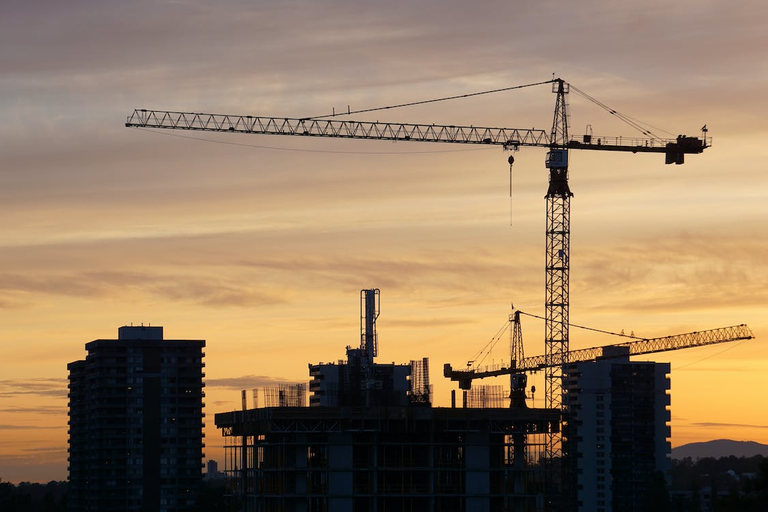Learn With Me:Lean and Lean construction
About Lean Construction
Lean construction is a building and construction method that stresses efficiency and waste reduction. It is based on the ideas of Lean manufacturing, which were pioneered by Toyota in the 1950s and have since been extended to a variety of industries. The purpose of Lean construction is to increase production, lower costs, and improve overall construction quality. This is accomplished by the use of a collaborative approach and the participation of all stakeholders in the process, including architects, engineers, contractors, and owners.

Photo by Jiyoung Kim from Pexels
Why Lean Construction
There are various reasons why lean construction is important:
Increased Efficiency: Lean construction aids in the elimination of waste and superfluous processes in the construction process, improving overall efficiency.
Reduced Costs: Lean construction can help decrease construction costs by eliminating waste and boosting efficiency.
Improved Quality: Lean construction can assist enhance the overall quality of building projects by integrating all stakeholders in the construction process and focusing on continual improvement.
Increased Safety: By identifying and removing waste, lean construction can help reduce construction site safety issues.
Improved Collaboration: The emphasis on collaboration among all stakeholders in lean construction can help enhance communication and eliminate conflicts during the construction process.
Lean 5 Principles
This method of construction operates on 5 principles.
Value: From the viewpoint of the client, define value. Recognize the customer's values and what they are prepared to pay for.
Value Stream: Draw a map of the value stream to show all the actions and procedures necessary to provide value to the client. Both value-adding and non-value-adding activities fall under this category.
Flow: Improve the value stream's flow of work by removing bottlenecks, cutting waiting times, and limiting interruptions.
Pull: Put in place a system that pulls work through the value chain in response to client demand. By doing this, excess inventories and overproduction are prevented.
Constant Improvement: Enhance the value stream continuously by removing waste, streamlining procedures, and incorporating all relevant parties. Both gradual and ground-breaking advancements fall under this category.
I saw your post. And I really liked it. Let me also share with you that remodeling serivces are crucial for homeowners who wish to transform their living spaces into their dream homes. Whether it is a kitchen, bathroom, or even an entire house remodel, these services provide the expertise and skills necessary to bring about the desired changes.